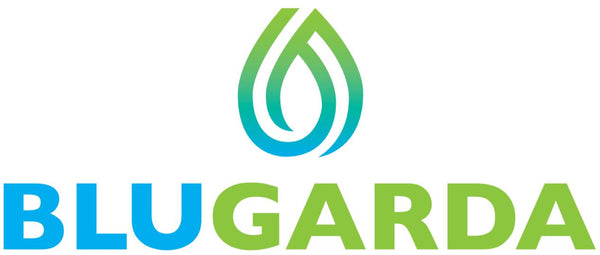What are GH and KH?
GH (Total Hardness) indicates the amount of dissolved minerals, such as calcium and magnesium, present in your pond water. These minerals are important for the development of fish, the growth of aquatic plants, and the strength of organisms like mussels and snails. If the GH value is too low, plants may not grow well, and fish may develop health problems.
KH (Carbonate Hardness) indicates the buffering capacity of your pond water. This means how well your pond can maintain a stable pH value (acidity). A stable pH is essential for a healthy ecosystem. If the KH is too low, pH fluctuations can occur, which causes stress in fish and can inhibit the function of bacteria.
How to Measure GH and KH?
Measuring GH and KH is easy with a drop test kit or test strip. You fill a small tube with pond water and then count the number of drops needed until the color changes. The more drops required, the higher the value. You can read the exact hardness using a color chart or table included with the test kit.
It is recommended to perform this test at least once a month, especially in the spring and after heavy rainfall. An extra measurement is also advisable during water changes or changes in the fish population.
What is a Good GH and KH Value for a Pond?
For a pond with fish and plants, a GH value between 8 and 12 °dH is ideal. This value ensures sufficient minerals in the water.
The KH value is best kept between 6 and 10 °dH. This prevents pH fluctuations and ensures a stable water environment. If the KH value is lower than 4 °dH, there is an increased risk of pH drops, which causes stress and health problems in fish.
How to Increase GH or KH in the Pond?
If you notice that the GH or KH value is too low, you can adjust it with a specially designed pond product, such as BluNature Stable Water. This product contains natural minerals that increase both GH and KH and is safe for fish and plants.
Before use, stir the product well if necessary and spread it evenly over the water surface. Measure again after 24 hours to check if the values are back within the desired range. With very low values, you may need to adjust in several steps.
How to Decrease GH or KH?
A GH or KH that is too high is less common but can occur when using very hard tap water. You can then add (partially) softer water, such as rainwater or osmosis water. Mix this with the existing pond water to lower the total hardness.
What You Should Not Do
Do not use household products such as table salt, baking soda, or vinegar to influence water values. These are not suitable for pond use and can cause damage to the ecosystem. Adjusting too quickly with too much product at once is also not recommended: this may cause new fluctuations that cause problems.
